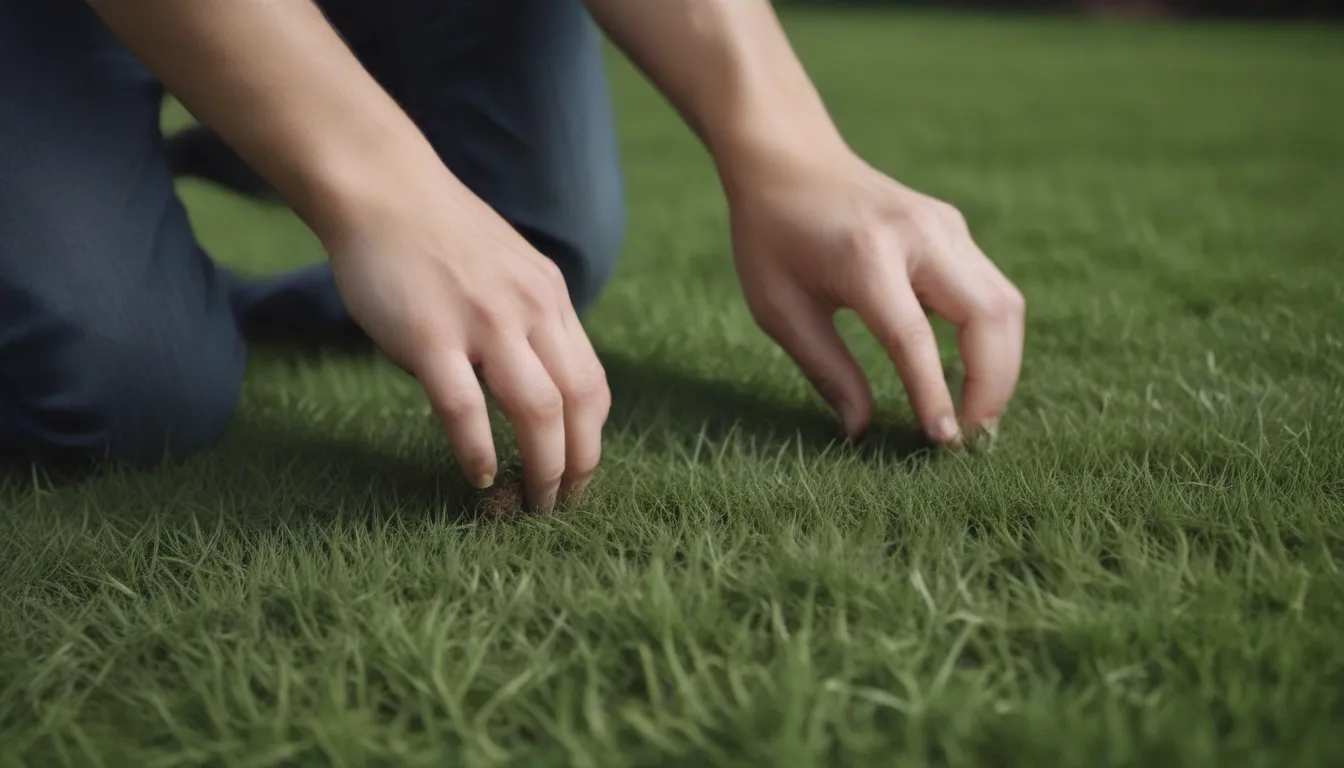Everything You Need to Know About Planting Grass Seed on an Existing Lawn

Are you looking to transform your lawn into the envy of the neighborhood? Planting grass seed over an already existing lawn can be the key to achieving that lush, green carpet of grass you’ve always dreamed of. In the world of lawn care, this process is known as overseeding, and it can make a world of difference in the health and appearance of your lawn.
What Is Overseeding?
Overseeding is the practice of sowing grass seed over an existing lawn to improve its performance. While it may seem like a simple task, there are specific steps you need to follow to ensure the success of your overseeding project. Whether you’re looking to fill in bare patches, thicken your lawn, or provide winter color in a southern region, overseeding can help you achieve your desired results.
Reasons for Planting Grass Seed Over an Existing Lawn
There are various reasons why you might consider overseeding your lawn. From filling in bare spots to improving the overall health of your grass, overseeding can address a range of issues. Here are some common reasons for planting grass seed on an existing lawn:
- Filling in bare patches
- Thickening the lawn
- Providing winter color in southern regions
Tip: Stay away from using pre-emergent herbicide on your lawn in the spring if you plan to overseed, as it can interfere with the germination of the new grass seed.
Overseeding Preparations
Before you start overseeding your lawn, you need to take some time to prepare the existing grass for the new seeds. The preparations will vary depending on the condition of your lawn.
Preparations for a Struggling Existing Lawn
If your lawn is struggling due to foot traffic, improper mowing, or thatch buildup, you’ll need to give it some extra care before overseeding. Here are some steps you can take to prepare your lawn:
- Aerate the soil to improve drainage and seed-to-soil contact
- Remove thatch buildup to allow the new seeds to take root
- Fertilize the lawn to provide essential nutrients for growth
- Water the lawn regularly to keep the soil moist
Preparations for a Healthy Existing Lawn
Even if your lawn is in good shape, overseeding can help maintain its health and appearance. Here’s how to prepare a healthy lawn for overseeding:
- Mow the existing grass shorter than normal to allow the new seeds to reach the soil
- Choose the right time of year to overseed based on your grass type (fall for cool-season grasses, late spring for warm-season grasses)
- Consider overseeding one to two times per year for optimal results
Preparations to Provide Winter Color on an Existing Southern Lawn
In southern regions where warm-season grasses turn brown in the winter, overseeding with cool-season grass can help maintain a green lawn year-round. Here’s how to prepare your lawn for winter color:
- Choose a cold-hardy grass like ryegrass for overseeding
- Overseed in the fall to ensure a green lawn throughout the winter
- Understand the difference between cool-season and warm-season grasses for successful overseeding
Tip: If overseeding with annual ryegrass, be prepared to reseed every year as it has a one-year life cycle. Perennial ryegrass will come back year after year but may require reseeding for even growth.
How to Plant Grass Seed on an Existing Lawn
Now that you’ve prepared your lawn for overseeding, it’s time to plant the grass seed and provide proper aftercare for your new lawn.
Plant the Seed
Follow these steps to plant grass seed on an already existing lawn:
- Spread the seed evenly over the entire lawn using a broadcast spreader
- Lightly rake the seed into the soil to ensure good seed-to-soil contact
- Water the lawn regularly to keep the soil moist for germination
After-Care
After planting the grass seed, it’s essential to provide proper aftercare for your new lawn. Here are some tips to ensure the success of your overseeding project:
- Keep the soil moist by watering regularly, especially in hot weather
- Avoid mowing the lawn until the new grass has reached a height of 3 inches
- Fertilize the lawn 4-6 weeks after overseeding to encourage healthy growth
- Monitor the lawn for pests and diseases and treat as needed
Should You Overseed Your Warm-Season Lawn?
In southern regions where warm-season grasses go dormant in the winter, overseeding with cool-season grass can provide a green lawn year-round. If you’re considering overseeding your warm-season lawn, follow these tips for success:
- Choose a cold-hardy grass like ryegrass for winter color
- Overseed in the fall for a green lawn throughout the winter
- Understand the differences between cool-season and warm-season grasses for successful overseeding
By following these tips and guidelines, you can successfully plant grass seed on an already existing lawn and enjoy a lush, healthy lawn year-round. Whether you’re filling in bare spots, thickening the lawn, or providing winter color, overseeding can help you achieve the perfect lawn you’ve always desired. Happy overseeding!





